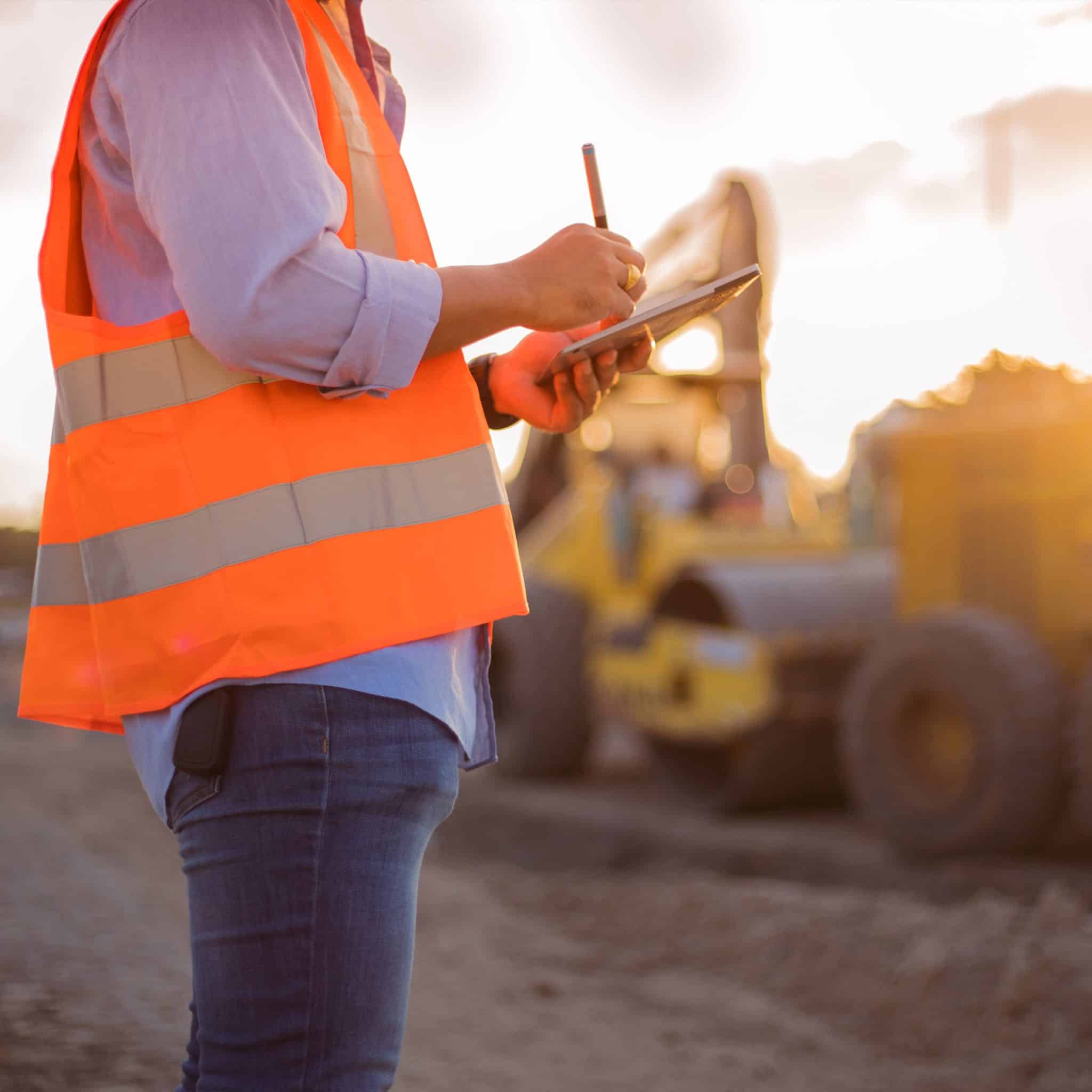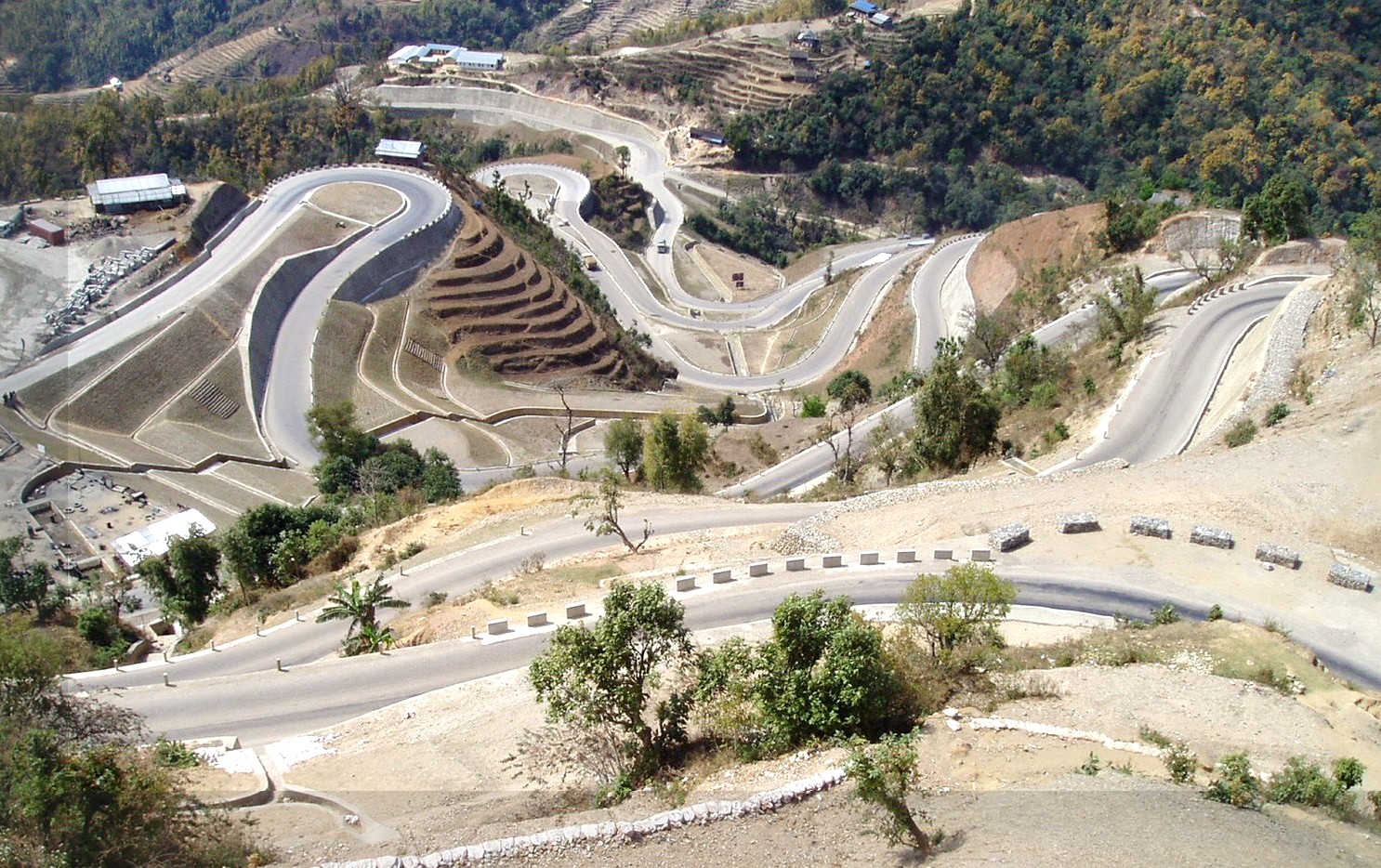Checking Out the Cutting-edge Methods and Technologies Shaping the Future of the Geotechnical Sector for Lasting Engineering Solutions
The geotechnical market is undertaking a transformative change, driven by innovative techniques and technologies that stress lasting engineering options. Advanced soil stabilization techniques, making use of smart materials, and the application of information analytics are redefining exactly how we come close to framework difficulties. As these developments promote ecological stewardship, they additionally elevate important questions regarding their useful execution and long-lasting performance. Understanding the interaction in between these technologies and their possible to change the area invites further expedition into the future of lasting design methods.
Advanced Dirt Stablizing Techniques
Soil stabilization is an important procedure in geotechnical engineering, focused on enhancing the physical buildings of soil to boost its load-bearing capability and resilience. Advanced dirt stabilization strategies play a crucial role in addressing obstacles connected with weak or unpredictable dirts, consequently making it possible for secure and effective building methods.
Amongst the prominent techniques, chemical stabilization involves the use of additives such as lime, concrete, or fly ash, which respond with soil particles to develop a more cohesive mass. This strategy is particularly effective in boosting the stamina and wetness resistance of large clay soils. Mechanical stablizing, on the other hand, includes the physical change of soil homes with compaction or the consolidation of granular products, leading to improved thickness and security.
Another cutting-edge approach is using geosynthetics, which give reinforcement and decrease dirt erosion while enhancing water drainage. Techniques like soil mixing and deep dirt stablizing are likewise acquiring grip, permitting in-situ therapy of bothersome soils. Jointly, these sophisticated approaches not just boost the performance of soil frameworks however also contribute to lasting design methods by reducing the requirement for considerable excavation and product transport.
Smart Materials in Geotechnics
Advancement goes to the center of geotechnical engineering, especially with the unification of smart products that improve the performance and functionality of soil frameworks. Smart materials, such as form memory alloys, piezoelectric materials, and self-healing polymers, are changing the way designers come close to dirt stablizing and framework longevity (geo tech engineer). These materials can adjust to altering environmental problems, reply to stress, and even fix themselves, substantially enhancing the resilience of geotechnical systems
For example, piezoelectric products can produce electric costs in action to mechanical stress, supplying possible for real-time surveillance of soil problems and architectural integrity. Likewise, self-healing products can autonomously fix splits and damages, reducing upkeep costs and prolonging the lifespan of geotechnical properties. The combination of these clever products not only improves the mechanical homes of soil however additionally adds to sustainable design techniques by lessening resource usage and ecological effect.
As the geotechnical market remains to progress, the fostering of smart products will play a vital role in creating ingenious remedies, guaranteeing that frameworks are not only robust but additionally adaptable to future obstacles. This transformative method is poised to redefine the criteria of safety and security and efficiency in geotechnical design.
Data Analytics for Facilities
The integration of smart products in geotechnical design has actually paved the method for advanced methods, especially in the world of information analytics for infrastructure. This cutting-edge technique leverages extensive information collection and analytical techniques to improve decision-making processes throughout the framework lifecycle. By utilizing sensing units embedded in clever materials, engineers can continuously monitor critical parameters such as dirt stability, wetness degrees, and architectural honesty.
Information analytics allows the makeover of raw information into workable insights, allowing for anticipating upkeep and boosted risk administration. Advanced algorithms and artificial intelligence strategies assist in the recognition of anomalies and patterns, which can educate timely treatments and enhance resource allocation. Furthermore, integrating geographic info systems (GIS) boosts spatial evaluation, additional enhancing the decision-making framework.
As facilities projects expand this in intricacy, the dependence on information analytics comes to be increasingly essential. It cultivates an aggressive approach, lessening the likelihood of failures and ensuring the durability and sustainability of frameworks. By utilizing the power of data analytics, the geotechnical sector is positioned to not only boost existing methods but likewise leader ingenious options for future framework difficulties. This synergy of technology and design principles will certainly specify the future of lasting infrastructure growth.

Lasting Ground Renovation Approaches
Various lasting ground enhancement techniques are emerging as vital solutions to address the difficulties of geotechnical engineering while lessening ecological influence. These methods not only enhance dirt performance but additionally promote eco-friendly stewardship by reducing reliance on standard, much more invasive methods.

One more ingenious method is the application of geosynthetics, that includes naturally degradable products that enhance dirt while promoting drainage and erosion control - geo tech engineer. This reduces the requirement for heavy machinery and minimizes website disruption, hence protecting regional environments
Furthermore, techniques such as vibrant compaction and vibro-replacement have actually evolved to consist of lasting practices, reducing and incorporating recycled materials carbon impacts. These methods exhibit the market's shift in the link direction of more ecologically responsible options, ensuring that ground improvement not only meets engineering demands however likewise adds favorably to the surrounding setting.
Innovations in Environmental Surveillance
In recent times, innovations in ecological surveillance have considerably enhanced the ability to evaluate and manage geotechnical projects with very little eco-friendly disruption. Innovative modern technologies, such as remote picking up, Web of Things (IoT) devices, and real-time data analytics, are changing exactly how ecological influences are measured and reduced.
Remote picking up technologies, including satellite imagery and airborne LiDAR, promote the quick assessment of land usage adjustments and ecological conditions - engineer of record. These tools permit constant monitoring of sites, allowing engineers to determine possible concerns prior to they rise. Furthermore, IoT tools, furnished with sensing units for parameters like soil wetness, gas, and temperature exhausts, supply live data streams visit homepage that boost the understanding of site-specific environmental variables
Real-time information analytics even more fine-tune decision-making processes by integrating information from numerous sources, permitting proactive monitoring strategies. This alternative strategy not only makes certain conformity with environmental policies however additionally promotes sustainable techniques within the geotechnical market.
As these developments remain to advance, they hold the potential to connect the space in between engineering purposes and ecological stewardship, fostering a much more sustainable future for geotechnical tasks worldwide.
Verdict
Finally, the geotechnical sector is undergoing a transformative advancement driven by ingenious strategies and modern technologies that prioritize sustainability. Advanced dirt stabilization techniques, the combination of clever products, and the application of information analytics jointly boost the strength and effectiveness of facilities. Lasting ground renovation methods and advancements in ecological tracking emphasize the industry's commitment to eco-friendly stewardship. These improvements not just address contemporary design challenges however likewise lead the way for a much more lasting future in geotechnical practices.
Methods like soil blending and deep soil stabilization are likewise obtaining traction, enabling for in-situ therapy of troublesome soils. Jointly, these advanced approaches not just boost the performance of dirt structures but also add to sustainable engineering practices by minimizing the demand for considerable excavation and material transport.

Comments on “Geo Tech Engineer: Enhancing Site Assessments with Advanced Geotechnical Techniques”